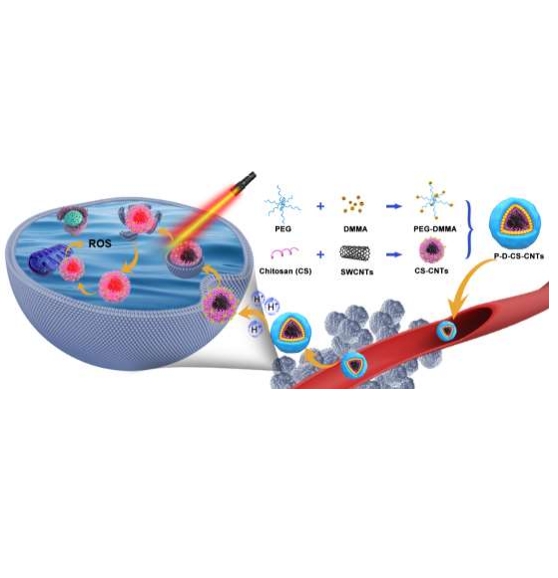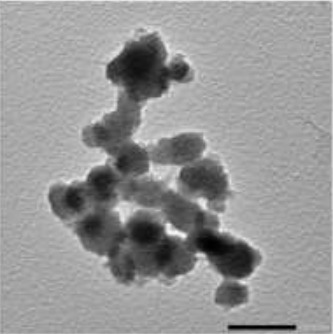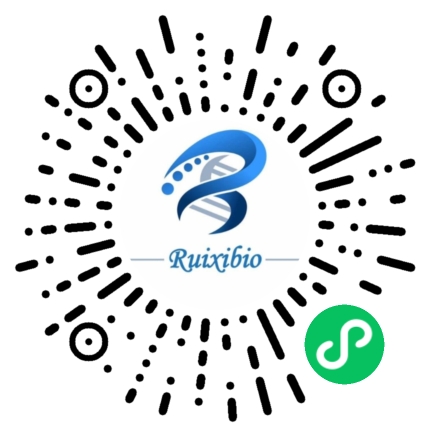文献:
A surface convertible nanoplatform with enhanced mitochondria targeted delivery for tumor photothermal therapy
文献链接:
https://www.sciencedirect.com/science/article/abs/pii/S0927776520300849作者:
Miao Wang, Lifo Ruan, Tianyu Zheng, Dongqing Wang, Mengxue Zhou, Huiru Lu, Jimin Gao, Jun Chen, Yi Hu
相关产品:
原文摘要:
Photothermal therapy emerges as a promising approach in antitumor treatment. A major challenge for conventional photothermal therapy is its unselective hyperthermia distribution within tumor tissues, which leads to detrimental effects on surrounding healthy tissues and compromised therapeutic effectiveness. In this study, a targeted photothermal delivery nanoplatform (P-D-CS-CNTs) was facilely fabricated bydecoration of an acidity-labile polyethylene glycol (PEG) derivative onto chitosan nanoparticles encapsulating single-walled carbon nanotubes. P-D-CS-CNTs displayed a good stability in serum at normal physiological pH and convertibility of surface charges upon exposure to tumoral acidic pH, which was attributed to the acidity-triggered dePEGylation. The confocal laser scanning microscopic observations suggested that such surface-convertibility of nanoparticles facilitated tumor cell uptake, endo/lyososomal escape, and enhanced mitochondrial targeting. Furthermore, upon irradiation with an 808 nm laser, P-D-CS-CNTs could sabotage mitochondria with mild hyperthermia, which further induced the ROS burst from damaged mitochondria. The overdosed ROS ultimately resulted in mitochondrial damage and cell death. These findings indicate that the surface-convertible nanoplatform is promising for improved photothermal anticancer therapy.
Cy5 NHS ester 是一种用于标记生物分子的活性染料。“Cy5” 代表花菁染料 5(Cyanine 5),它是一种近红外荧光染料,在近红外区域(通常最大发射波长约为 670nm)有较强的荧光发射。这种近红外荧光特性使得它在生物成像等应用中有诸多优势,例如减少生物样本自身荧光的干扰,并且能够更好地穿透生物组织。“NHS ester” 是 N - 羟基琥珀酰亚胺酯的缩写,它是一种活性官能团。结构上,Cy5 NHS ester 是由 Cy5 染料部分和 N - 羟基琥珀酰亚胺酯部分组成。NHS 酯部分通过一个化学连接键与 Cy5 相连,其结构中的酯键(-COO - )是具有反应活性的位点,能够与含有氨基(-NH₂)的生物分子发生反应,从而将 Cy5 染料标记到生物分子上。基于Cy5 NHS ester的性质,靶向光热传递纳米平台P-D-CS-CNTs合成流程如下:

图:作用机制
电荷反转PD碳纳米管和碳纳米管纳米粒子的制备:
将CS@CNTs纳米颗粒与PEG-DMMA或PEG-SA聚合物以一定的质量比混合,合成了P-D-CS-CNTs或P-S-CS-CNTs纳米颗粒。然后让该溶液在室温下搅拌。产品经透析与PBS缓冲液和蒸馏水进行期刊预验证纯化。同时,通过P-D-CS-CNTs或P-S-CS-CNTs与Cy5-NHS共价偶联,合成了Cy5标记的纳米颗粒。通常,将获得的原始纳米颗粒和Cy5-NHS溶解在PBS中,并在室温下搅拌。然后通过透析纯化混合物,直到在透析溶液中检测到最小的Cy5荧光。

图:表征图像
结论:
该文献成功制备了基于Cy5 NHS ester合成的靶向光热传递纳米平台P-D-CS-CNTs。数据显示,由于酸性触发的去聚乙二醇化,P-D-CS-CNTs 在正常的生理pH值下,血清具有良好的稳定性和暴露于tumour酸性pH值时表面电荷的可转换性。P-D-CS-CNTs可以通过低温热疗破坏线粒体,进一步诱导受损线粒体的ROS爆发。

 2024-12-19 作者:ws 来源:
2024-12-19 作者:ws 来源:

